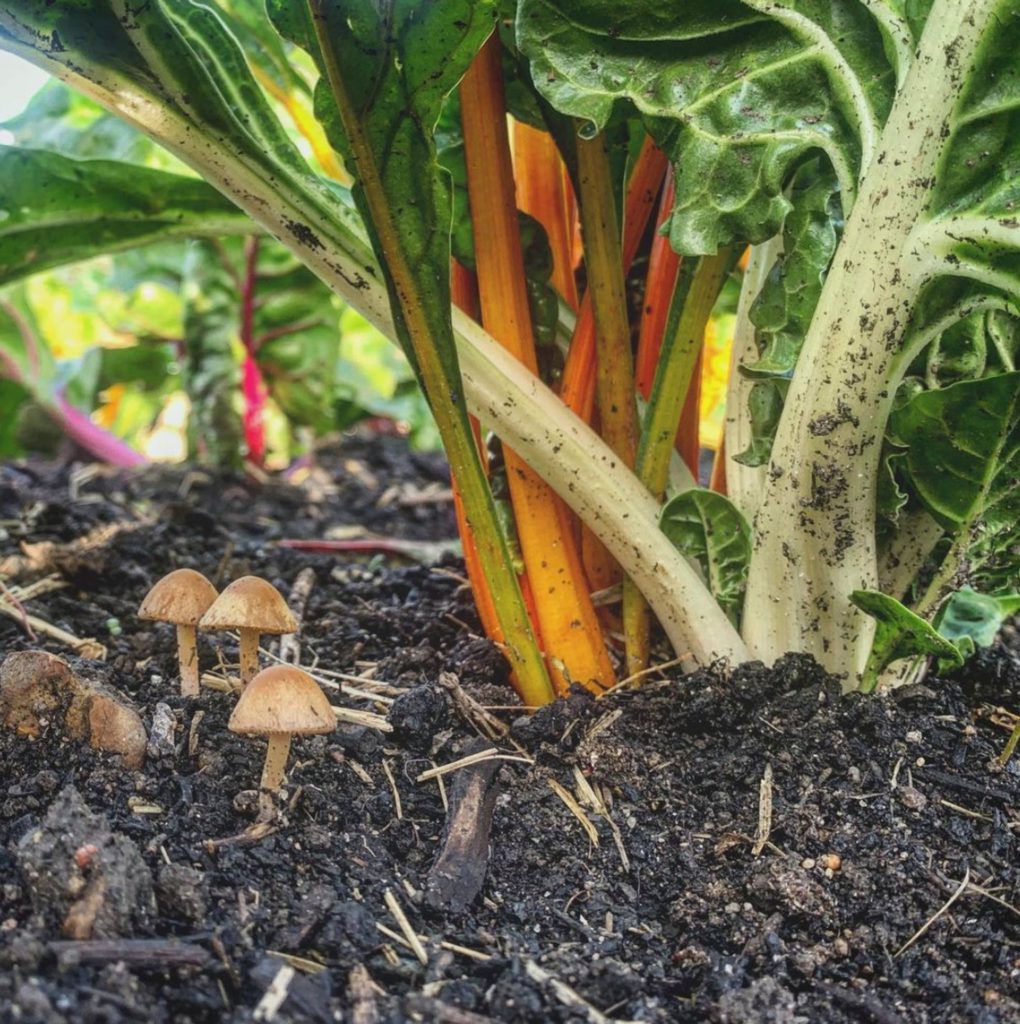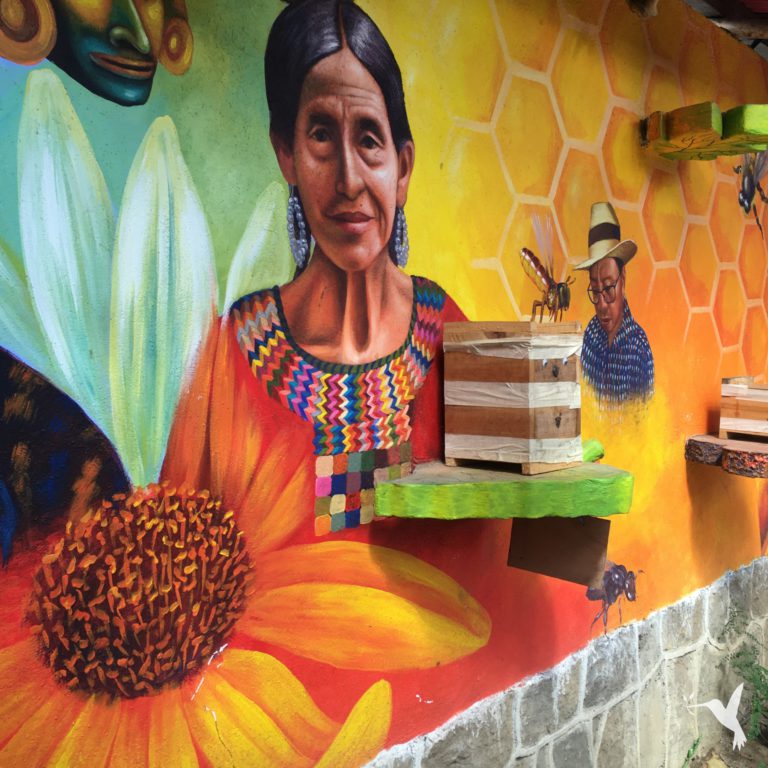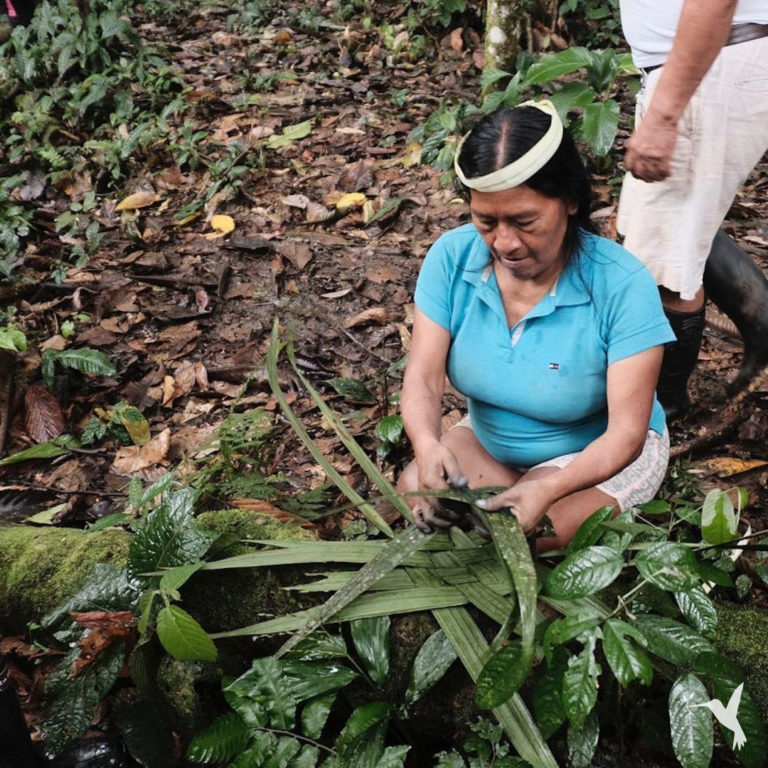Is Regenerative Agriculture A Solution to Migration & Climate Crisis?
Migration, Climate Change & the Role of Regenerative Agriculture
Migration. Food insecurity. Climate change. These are some of the greatest issues we face in our world today. Naturally, the links between them are complex. Where does regenerative agriculture fit in?

Agriculture, Migration, & Climate Change
Agriculture is critical for human survival. It is also one of the sectors most strongly impacted by climate and any changes to it. Migration and agriculture have also been historically intertwined. Long before countries began fixing borders, people followed the food. Today, most of the world’s poor work in agriculture.
Migration has always been a way of life. But it wasn’t always a problem to be solved. In 2020, there were an estimated 272 million international migrants. Two-thirds of these are labor migrants, and most migrate from rural areas to more urban areas.
Today, these issues seem remarkably complex and intimately intertwined. And while migration itself isn’t inherently problematic, when considered alongside the growing climate crisis, we see a need for solutions that work for all humans and the earth.
“There is no such thing as a single-issue struggle because we do not live single-issue lives.” –Audre Lorde.
Climate change is a threat-multiplier to conflicts, violence, and natural disasters. These directly cause, or are factors that lead to the migration of people who depend on agriculture for their livelihood. Climate change can also exacerbate the degradation of agricultural resources and negatively impact production.

Extreme weather situations like tropical storms, floods, and fires are sudden-onset events that tend to have immediate impact on migration. These same weather events most often create negative shocks to agricultural productivity. Combined with ongoing food insecurity and poverty, these climate-driven changes will only continue to impact migration dynamics.
Sudden, unforeseen migration, highly vulnerable people with few options, and extreme climate and sociopolitical situations can affect food security in both places of origin and destination. Often, migration may cause labor shortages in rural areas, further reducing food availability.
There is a seemingly inescapable conundrum here. On one hand, agriculture is the main source of income and employment for many people in the rural areas of developing countries, where the majority of migrants come from. On the other hand, agriculture is the sector most affected by climate change.
Is Regenerative Agriculture a Solution?

When problems are complex, solutions must be detailed and well-planned.
Since the beginning of agriculture, approximately 133 gigatonnes of carbon have been lost from soils globally. That may not mean anything to you, but it’s a lot.
Let’s just say that carbon belongs in the soil, and especially since the 19th century, a whole lot of it has left the soil. This is due to deforestation and livestock overgrazing. It is also a consequence of the plow-out of prairies and drainage of wetlands to grow crops. Let’s not forget about degradative practices such as intensive soil tillage, monoculture cropping, and heavy reliance on chemical fertilizers and other chemicals. These harsh agricultural practices damage the microorganisms upon which fertile, carbon-rich soils depend.
Rather than functioning as a source of carbon emissions, croplands can become a carbon sink.
They can engage in a process we call carbon sequestration. This means the land actually pulls carbon from the atmosphere and stores it back into the soil.
Sounds like what we, and the earth, need, right?
Regenerative agricultural practices can help to mitigate climate change by doing just this. At the same time, this type of agriculture makes croplands more productive and resilient as the planet warms.
Regenerative agriculture is a solution—or rather, it is a partial solution. It offers a way to mitigate climate change and sequester carbon. It does not, however, address the acute weather emergencies that may lead to dramatic sudden migration shifts.
Regenerative agriculture offers valuable solutions. It may not be a miracle cure-all, however. And some experts worry that it might overshadow other changes that we humans need to implement alongside it.
Clear and transparent information is a solid first step, which is why at Producers Market, we like to inform you about regenerative agriculture and introduce you to producers that practice it.
Have a look through our platform. You can filter by certification type or read through our stories to learn more about specific practices and connect directly with producers.



